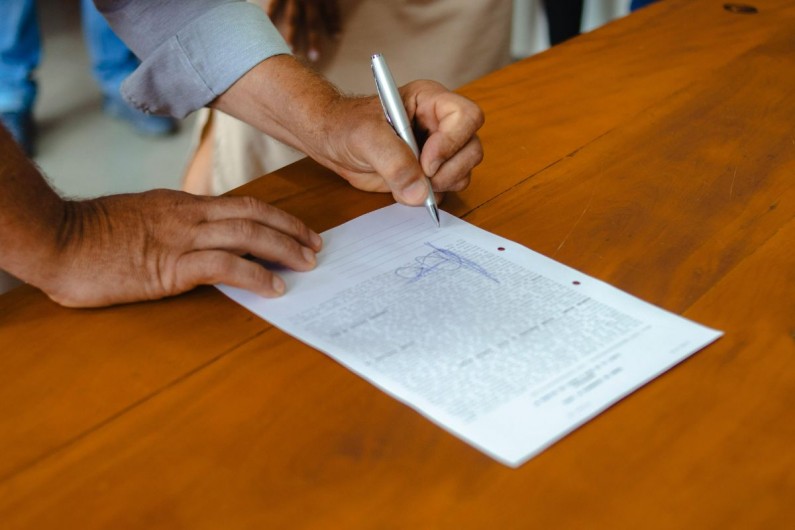Case Summaries: Khaleel v Indar, 2023 ABKB 547

Associated Lawyers: Shelagh McGregor, Michael Shepherd, Iman Jomha
On October 2, 2013, the Defendant Dr. Indar performed an open hernia repair surgery on the Plaintiff Mr. Khaleel in Fort McMurry. Mr. Khaleel had undergone a previous hernia repair as an infant in Jordan. During the procedure Dr. Indar encountered significant scar tissue and unusual anatomy. Following the surgery, Mr. Khaleel experienced chronic pain and was subsequently diagnosed with an atrophic testicle. In March 2023 he underwent an orchiectomy which significantly reduced his pain. Mr. Khaleel brought an action against Dr. Indar in both negligence and informed consent. Damages were agreed upon prior to trial. Justice Bercov dismissed the negligence action but found Dr. Indar liable for failing to obtain adequate informed consent.
Mr. Khaleel argued that hernia repair surgeries can be done in either an open or laparoscopic fashion. Although laparoscopic hernia repairs were not done in Fort McMurry, they were done in Edmonton. He led expert evidence that he would have scar tissue from the previous hernia repair which would impair visualization during an open approach. The laparoscopic approach would allow the surgeon to approach the hernia through previously unoperated upon tissue, allowing for better visualization. Dr. Indar did not tell Mr. Khaleel that a laparoscopic surgery was an option nor discuss the comparative risks and benefits of laparoscopic versus open surgery with Mr. Khaleel.
Mr. Khaleel argued that the standard of care required the surgery to be done laparoscopically but Dr. Indar led evidence that both laparoscopic and open procedures were consistent with the standard of care. Justice Bercov found that Dr. Indar met the standard of care by choosing to perform the open repair; however, that did not end the analysis.
The parties agreed that the material risks that ought to have been disclosed included bleeding, infection, numbness, recurrence, chronic pain, and testicular atrophy. Mr. Khaleel argued that the risks of chronic pain and testicular atrophy were not disclosed to him prior to the procedure. These risks were not on the consent form signed by Mr. Khaleel prior to the procedure but were on the operative report. Dr. Indar argued that he would have disclosed these risks based on his invariable practice. Justice Bercov weighed the evidence and held it was more likely than not that Dr. Indar failed to disclose the risks of chronic pain and testicular atrophy.
Justice Bercov further held that Dr. Indar was required to disclose all reasonable treatment options and the risks and benefits of each treatment option. Dr. Indar was required to tell Mr. Khaleel that he could travel to Edmonton for a laparoscopic hernia repair. He was also required to disclose that chronic pain and testicular atrophy were risks of both the open and laparoscopic procedures; however, a significant benefit of the laparoscopic approach was better visualization through the avoidance of scar tissue from the previous hernia repair. She found that if proper disclosure had been made, a reasonable person in Mr. Khaleel’s position would have chosen to travel to Edmonton for the laparoscopic repair.
Justice Bercov further found that Dr. Indar most likely mistakenly cut Mr. Khaleel’s right testicular artery while trying to dissect the scar tissue and that this led to chronic pain and testicular atrophy. This injury would have more likely than not been avoided had a laparoscopic approach been used.
